World Stroke Day took place at the end of October and information released from the Central Statistics Office has highlighted the fact that in Ireland more women die from stroke than men. Of the 1680 people who died from stroke in 2018, 935 were women and 745 were men. A press release from the Irish Heart Foundation stated that at least one in six of us will have a stroke at some stage in our lives so it’s important to recognise the signs and act FAST. The Irish Heart Foundation has outlined information on stroke safety which we all should know in the event that someone suffers a stroke.
What is a Stroke and how can Stroke Safety help?
A stroke occurs when a blood vessel, which is carrying oxygen and nutrients to the brain, bursts or is blocked by a clot. This causes an interruption of the blood supply to part of the brain. This can damage or destroy brain cells which will affect body functions. A stroke is a medical emergency and usually happens without warning. The effects on the body are immediate so recognising the symptoms and accessing stroke safety treatment immediately can be crucial.
Owing to advances in medicine, strokes are very treatable and, if the right actions are taken quickly, the patient may not have any lasting effects. Strokes normally occur in the over 65s, but they can strike at any age, even in the young. The sooner a stroke sufferer gets to hospital within the time window to avail of clot-busting treatment, the better the chances of a successful outcome.
In short, act F.A.S.T. The F.A.S.T. acronym stands for:
- Face – Has their face fallen on one side?
- Arms – Can they raise both arms and keep them there?
- Speech – Is their speech slurred?
- Time – Time to call 999 or 112 if you see any one of these signs for stroke safety
For more info on stroke safety see:
For more info on stroke safety see:






